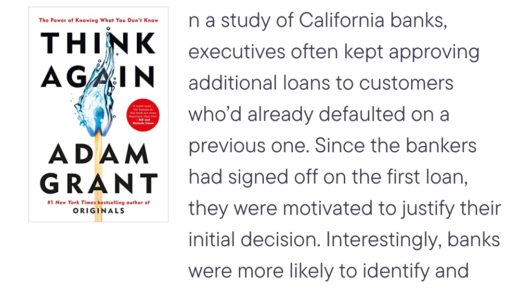What if we set upper limits to our goals instead? For instance, “I want to make at least $1 million this quarter, but not more than $1.4 million,” or, “We need to grow our list by 2,000 people per day, but not more than 2,200”? In most areas of business, there’s a magic zone for sustainability that relates to the concept brought up at the start of this book about having “enough.” If growth happens too quickly, problems can arise—like not being able to hire fast enough to keep up, or not having enough infrastructure to handle increased volume. The lower limit can be important, for example, if you need to make enough revenue to be profitable. But more than that? How useful is it to make more than you need to be profitable? How does it benefit you, your business, or your customers if you blow past your company’s goals? James Clear, a successful blogger on the topic of habits and productivity, tells the story of Southwest Airlines being faced with an interesting problem way back in 1996: the airline had methodically expanded from a tiny regional carrier to having a bit more of a national presence. And at a time when most other airlines were losing money or going under, over 100 cities were begging Southwest to service their location. However, that’s not the interesting part. What’s interesting is that Southwest turned down over 95 percent of those offers and began serving only four new locations. It turned down exponential growth because company leadership had set an upper limit for growth.
It might be counter-intuitive, but Paul Jarvis raises the idea of setting an upper limit to your growth as a business. Citing the example of Southwest Airlines, their ability to “throttle” their growth actually helped them remain profitable in a time when most other carriers were going bust. Sometimes, rejecting the urge to grow rapidly can help you remain as a “great” company.



